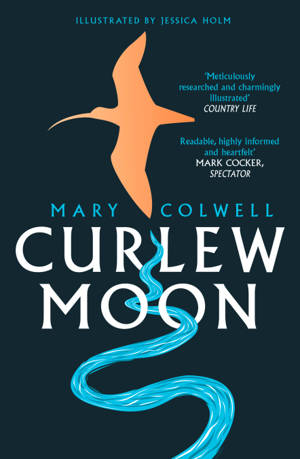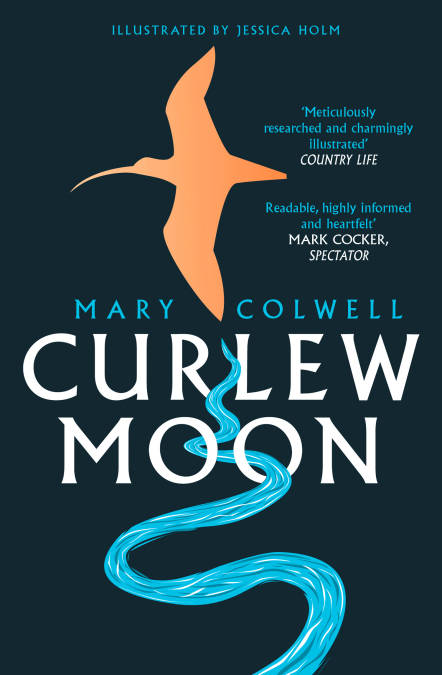
- Retrait gratuit dans votre magasin Club
- 7.000.000 titres dans notre catalogue
- Payer en toute sécurité
- Toujours un magasin près de chez vous
- Retrait gratuit dans votre magasin Club
- 7.000.000 titres dans notre catalogue
- Payer en toute sécurité
- Toujours un magasin près de chez vous
Description
‘Focuses a razor light on the plight of one of our most iconic birds. Inspirational!’ Tim Birkhead
Curlews are Britain’s largest wading bird, known for their evocative calls which embody wild places; they provoke a range of emotions that many have expressed in poetry, art and music.
A bird stands alone on the edge of a mudflat. Its silhouette is unmistakable. A plump body sits atop stilty legs. The long neck arcs into a small head, which tapers further into a long curved bill. The smooth, convex outlines of this curlew are alluring. They touch some ancestral liking we all have for shapes that are round and smooth.
Over the last 20 years numbers in the UK have halved; the Eurasian Curlew is one of our most endangered birds. With a quarter of the world population breeding in the UK and Ireland, this is nothing short of a disaster. The curlew is showing all the signs of being the next Great Auk.
In Curlew Moon, Mary Colwell takes us on a 500-mile journey on foot from the west coast of Ireland to the east coast of England, to discover what is happening to this beautiful and much-loved bird. She sets off in early spring when the birds are arriving on their breeding grounds, watches them nesting in the hills of Wales and walks through England when the young are hatching. She finishes her walk on the coast of Lincolnshire when the fledglings are trying out their wings. This is also the place many curlews will return to for the winter months.
This evocative book chronicles Colwell’s impressive journey, with beautiful illustrations by Jessica Holm, weaving a gentle tale of discovery interspersed with the natural history of this iconic bird that has fascinated us for millennia – and so desperately needs our help.
Curlews are Britain’s largest wading bird, known for their evocative calls which embody wild places; they provoke a range of emotions that many have expressed in poetry, art and music.
A bird stands alone on the edge of a mudflat. Its silhouette is unmistakable. A plump body sits atop stilty legs. The long neck arcs into a small head, which tapers further into a long curved bill. The smooth, convex outlines of this curlew are alluring. They touch some ancestral liking we all have for shapes that are round and smooth.
Over the last 20 years numbers in the UK have halved; the Eurasian Curlew is one of our most endangered birds. With a quarter of the world population breeding in the UK and Ireland, this is nothing short of a disaster. The curlew is showing all the signs of being the next Great Auk.
In Curlew Moon, Mary Colwell takes us on a 500-mile journey on foot from the west coast of Ireland to the east coast of England, to discover what is happening to this beautiful and much-loved bird. She sets off in early spring when the birds are arriving on their breeding grounds, watches them nesting in the hills of Wales and walks through England when the young are hatching. She finishes her walk on the coast of Lincolnshire when the fledglings are trying out their wings. This is also the place many curlews will return to for the winter months.
This evocative book chronicles Colwell’s impressive journey, with beautiful illustrations by Jessica Holm, weaving a gentle tale of discovery interspersed with the natural history of this iconic bird that has fascinated us for millennia – and so desperately needs our help.
Spécifications
Parties prenantes
- Auteur(s) :
- Editeur:
Contenu
- Nombre de pages :
- 272
- Langue:
- Anglais
Caractéristiques
- EAN:
- 9780008241063
- Date de parution :
- 18-04-18
- Format:
- Ebook
- Protection digitale:
- Adobe DRM
- Format numérique:
- ePub







